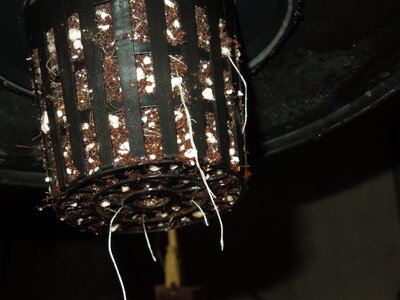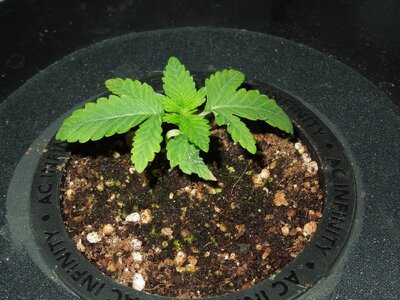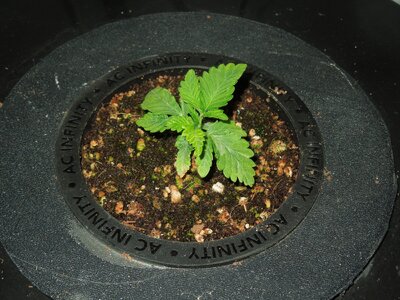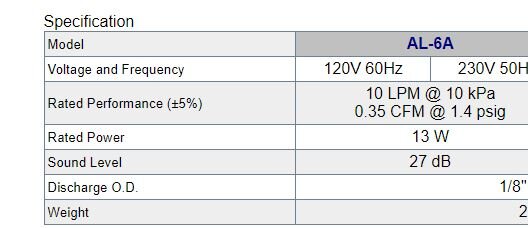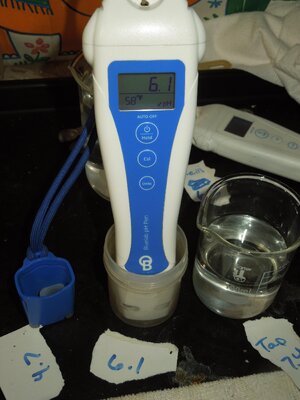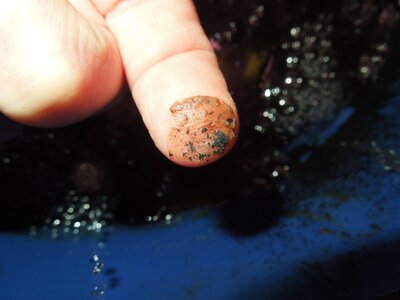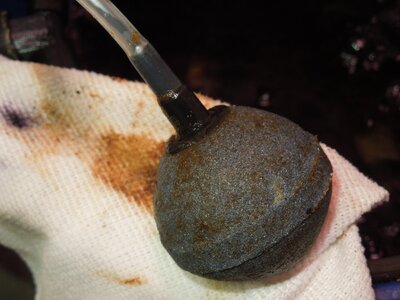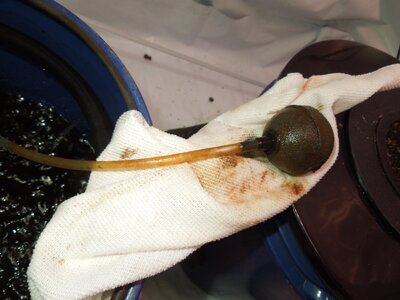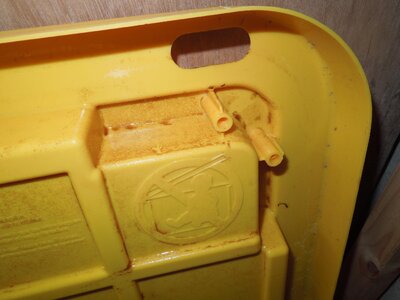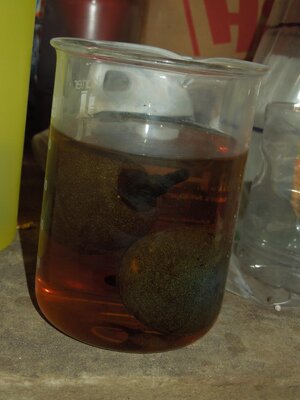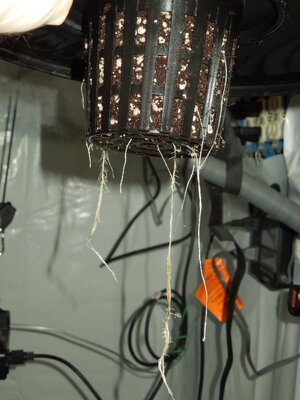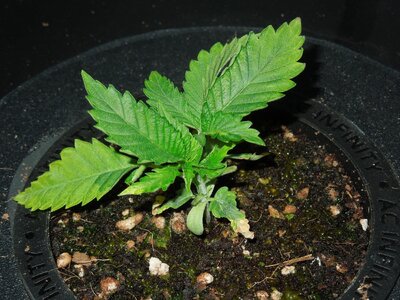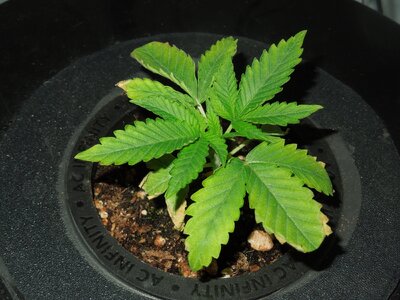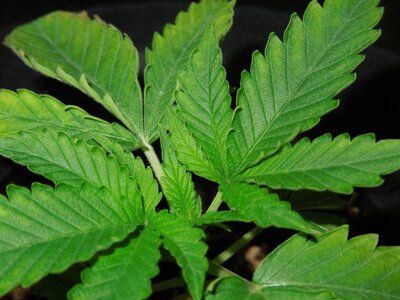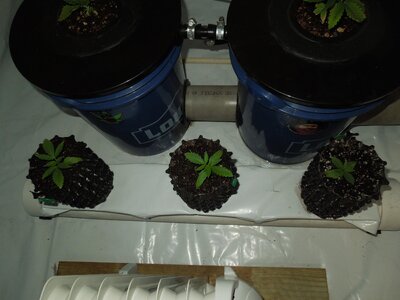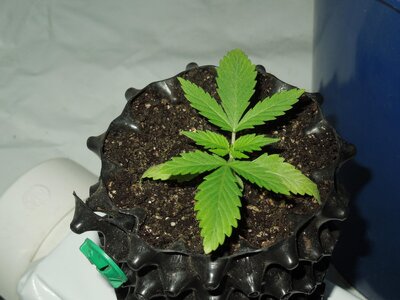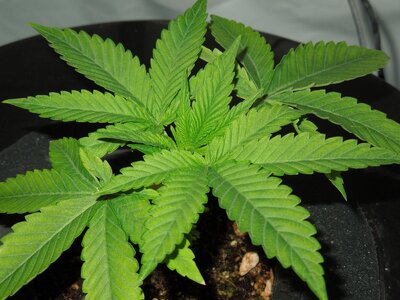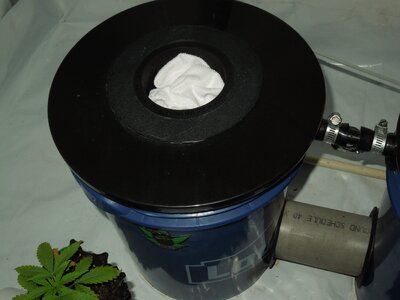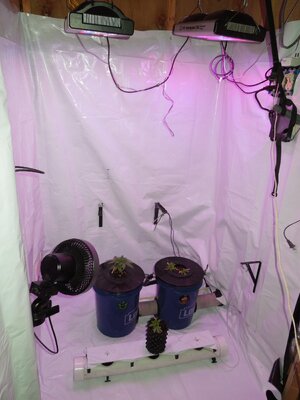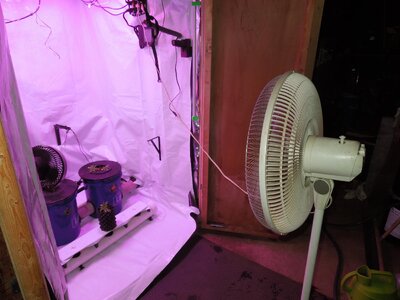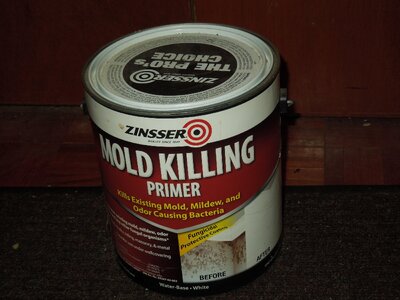results, conclusions, fixes and future plans...
when i left off last week my ph was all over the place, i still had the curls and burns, and this new algae issue.
the ph was nothing, it was directly related to my air adjustments. the oh was crashing hard, Moe suggested cutting the air in half. this caused the ph to climb, once i split the difference the ph has been rock solid for a week now. i finally got the new membrane caps for the DO sensor so once i start over i'll be able to measure this and set the air to a science and not guess by eye like i'm doing now. but it was just an adjustment and part of a growing pain of DIY.
.
the curls and burns.. that was a big one that has been plaquing me for a while now. like three months while now. turns out i was poisoning them with ethylene. i've never had this issue before because i never used my grow spaces in this way before. they have always been one veg one flower. now i'm using them independent and because i was starting plants in both sides and had the heat on i had sealed up the intake and exhaust to keep the heat in. the soil plants started to burn in same way. at the same time i had been flowering the dark side and cranking up the lights causing the exhaust to run, stopping the burn. as a test i sealed it back up and the burn continued. unsealed it and the burn stops. i will eliminate this with an air scrubber and shouldn't even be an issue again till the end of the year.
just days after fresh air exchange..
View attachment 98124
.
and my last standing issue is now the algae, this was created by over saturated coco and will be a major problem if not addressed now. so i turned down my bubbles a little and changed out the elbows on the waterfalls to help reduce the splashing. i'm pretty close right now but would like a little less yet. i might lower my water level a tiny bit to see if it will help. for now i'm moving the airstone around and seeing some good results. for now i'm letting a cloth inside the netcup, i figure if i can keep that from saturating than i can keep coco in there. this is where i'm at right now..
View attachment 98125
.
so good news in a way i guess. nothing wrong with the setup, just total grower error on all of it except for the splashing, i need to modify that to make that work. i feel i'm close to solving it.
.
i can't thank our commander and chief Moe Red enough for all his help. he never gave up an me and has been helping me everyday to figure this out. this is something he's had a hunch on since the beginning and now and we're confident this has been my issue.
.
so where does this leave me???.. i don't want to continue with just one plant and i don't want different size plants so i will be starting over.
first i will drain, bleach/scrub, drain, refill and start new seeds.
so with that said i think i will end this journal and start a new one for the fresh start. i'll leave a final post yet showing what it took to get the splashing lowered and get that final issue solved before starting again and leave a link to new journal.


